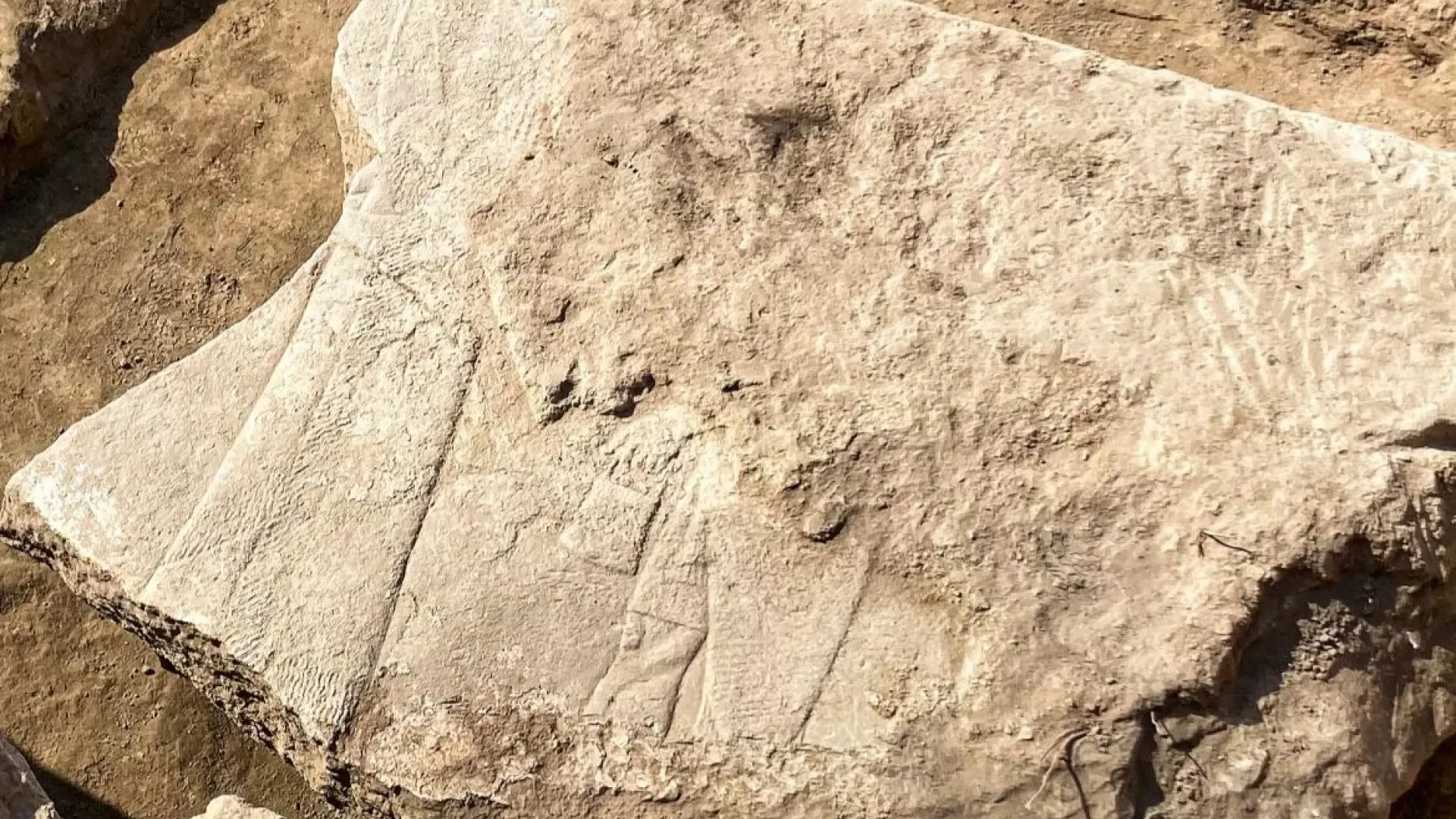The relief was found in the throne hall of the palace and represents a stone slab with a length of more than 5 meters, a height of 3 meters, and a weight of about 12 tons. It depicts King Ashurbanipal (ruled in 668-627 BC), accompanied by the god Ashur, the goddess Ishtar, as well as other mythological beings - the "fish genius" and, presumably, a human-scorpion.
According to Professor Aaron Schmidt, the head of the excavations, this is the first known large-format image of Assyrian gods in palace reliefs. Scientists suggest that a winged solar disk was originally located above the relief.
Fragments of relief were found in a pit, which was probably created during the Hellenistic period (III-II centuries BC). This might explain why British archaeologists who studied the palace at the end of the 19th century didn't find it.
The reasons for the burial of the relief are still unknown. The scientists plan to conduct further research and publish the results in a scientific publication.
